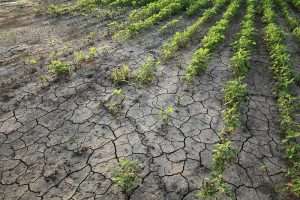 When Stuart Woolf was growing up on his dad’s ranch in Huron, California, he never liked working the tomato harvest.
When Stuart Woolf was growing up on his dad’s ranch in Huron, California, he never liked working the tomato harvest.
“I thought, ‘I am never going to do this.’ Everything was kind of wet, hot and stinky,” Woolf said.
These days, though, now as president of the 20,000-acre ranch, Woolf is prioritizing tomatoes over some of his other crops, like cotton and almonds, since they’re relatively less water-intensive.
With the drought desiccating California’s Central Valley, farmers like Woolf are having to reevaluate their business models based on how much water they can afford.
Continue reading on MARKETPLACE…


